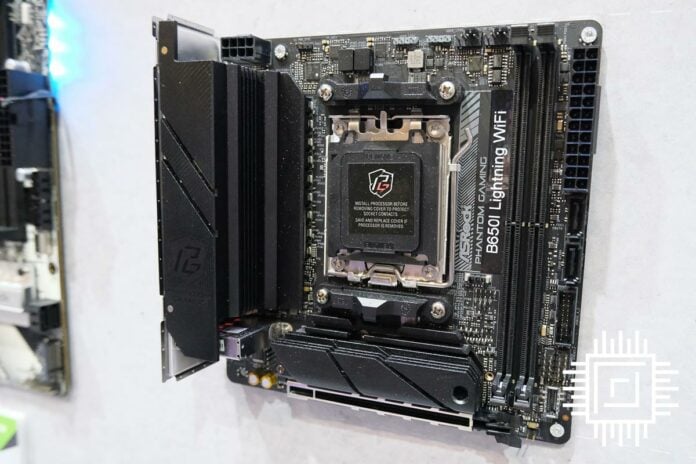ASRock has two compact AMD AM5 motherboards on show at Gamescom 2023. Both Mini-ITX boards aim to be as cheap as possible for the mainstream small-form-factor market. I think I’m starting to see a pattern here.
Dubbed Lighting series, the motherboards support the latest 3D V-Cache CPUs and high-speed DDR5 memory, with the added benefit of Wi-Fi 6E connectivity, making them a potent addition to any SFF-centric builds.
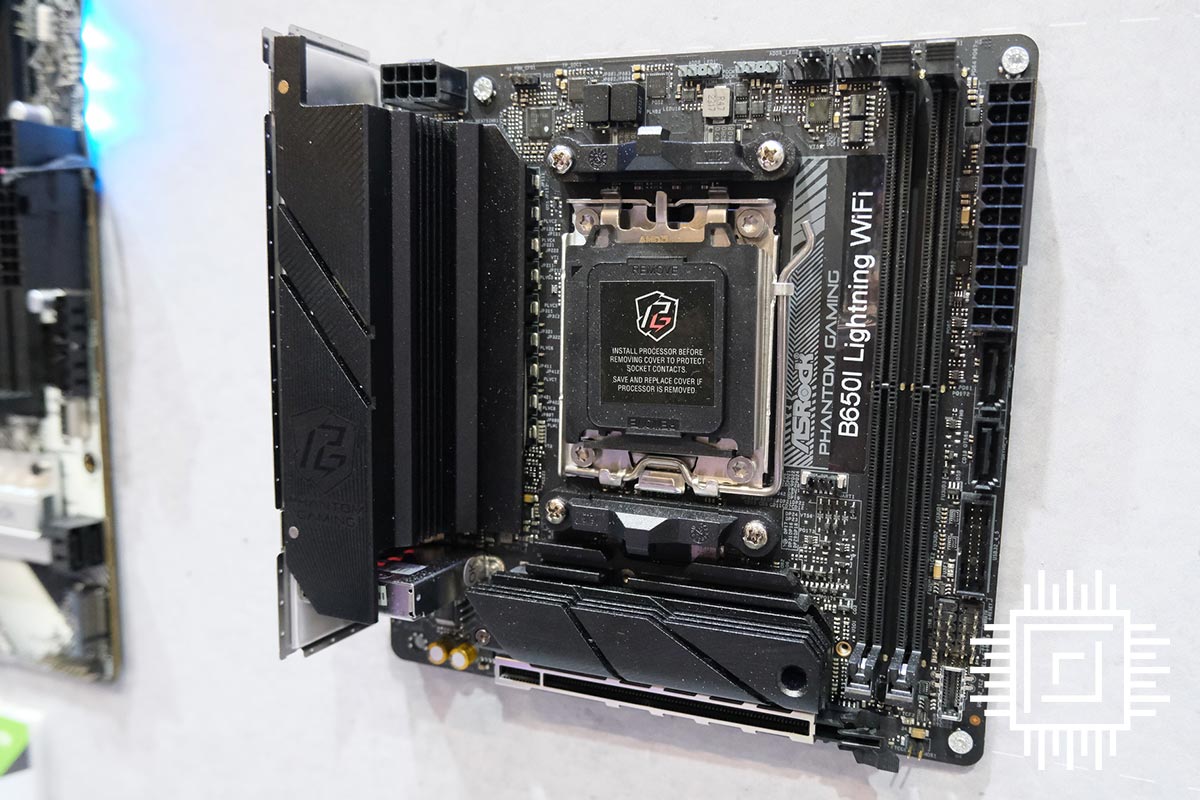
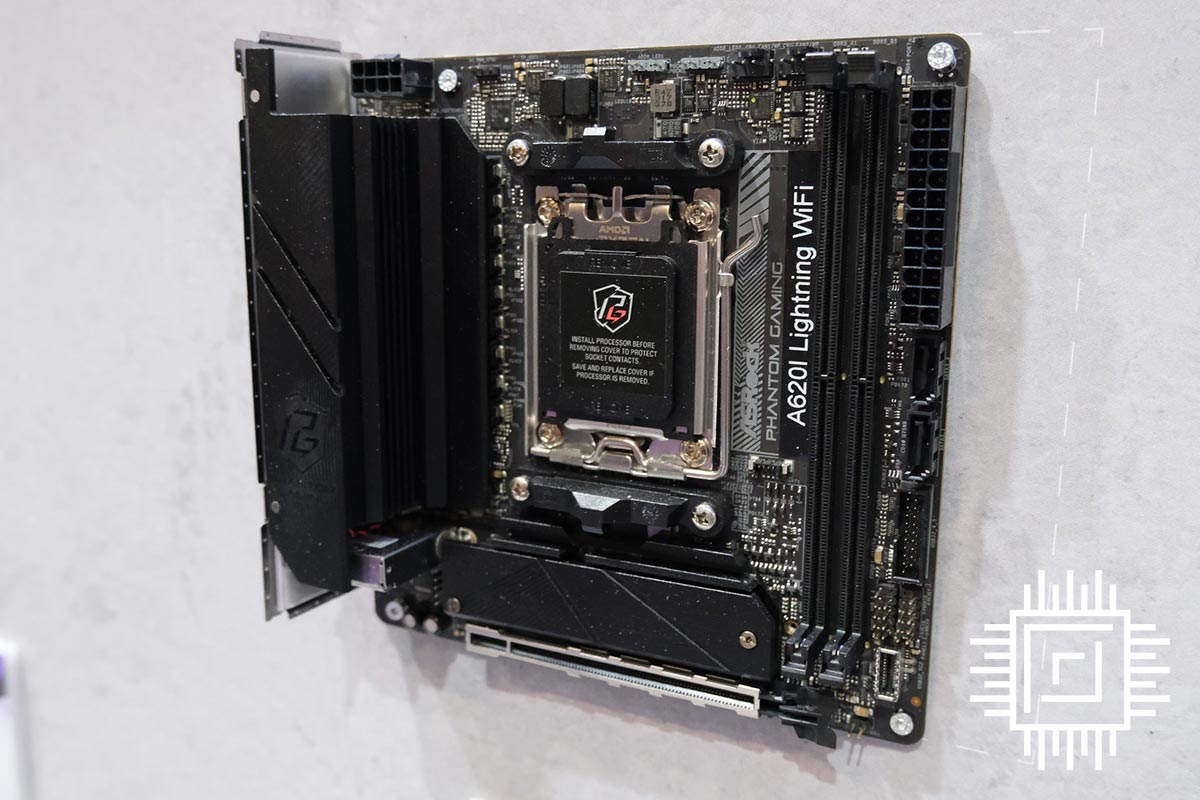
Design-wise, they do appear eerily similar, apart from the designated pre-production labels situated on the side of the RAM slots. It features an all-black colourway, with matching chunky heatsinks covering most of the PCB, one situated down below for M.2 SSD cooling, the other a VRM heatsink, that also doubles as an enclosed shroud connected to the Rear I/O support cover.
In terms of specifications, the motherboards are available in two chipsets, specifically, a gaming-centric B650i variant with blazing-fast PCIe Gen 5 M.2 support, and a budget-conscious A620i variant with more than adequate PCIe Gen 4 M.2 support.
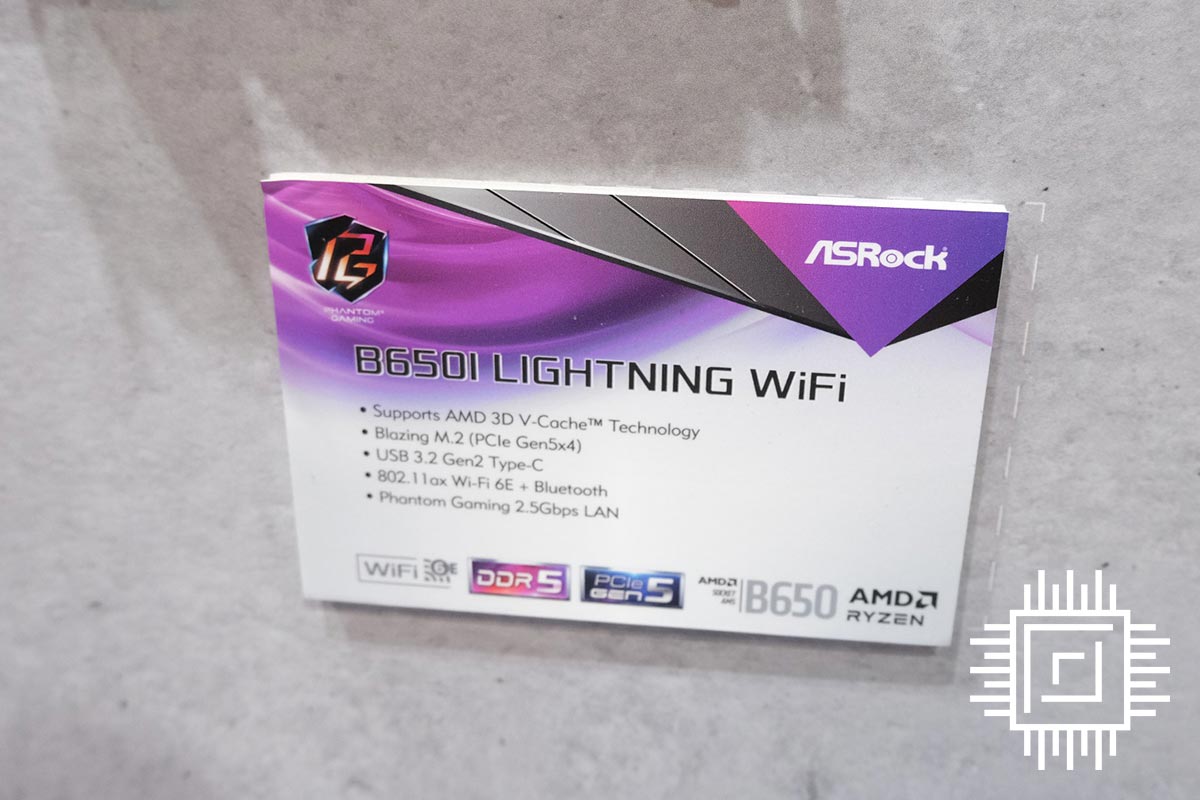
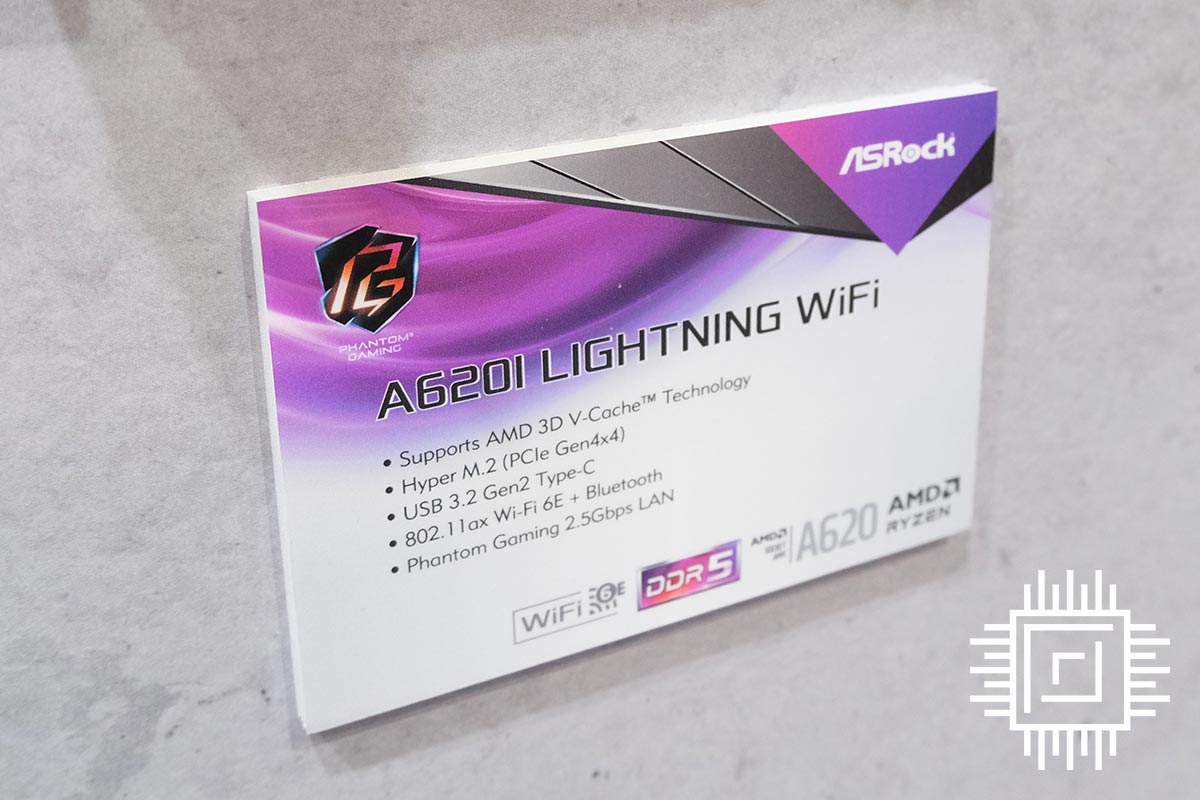
Meanwhile rear I/O features a wealth of ports considering its tiny form factor. The B650i touts a single 2.5GbE port, two USB 3.2 Gen 2 Type-A 10Gbps, four USB 2.0 Type-A 2.0 ports, plus a single USB 3.2 Gen 2 Type-C. There’s also a dedicated BIOS flashback button, three standard audio outputs, plus two antenna connections for onboard Wi-Fi 6E and Bluetooth 5.2 connectivity.
The A620i motherboard shares similar rear I/O support but dials back one of the USB 3.2 Gen 2 Type-A to 5Gbps, while reducing the number of Type-A 2.0 from four to two. Both boards also include a HDMI 2.0 connector for integrated graphics support.
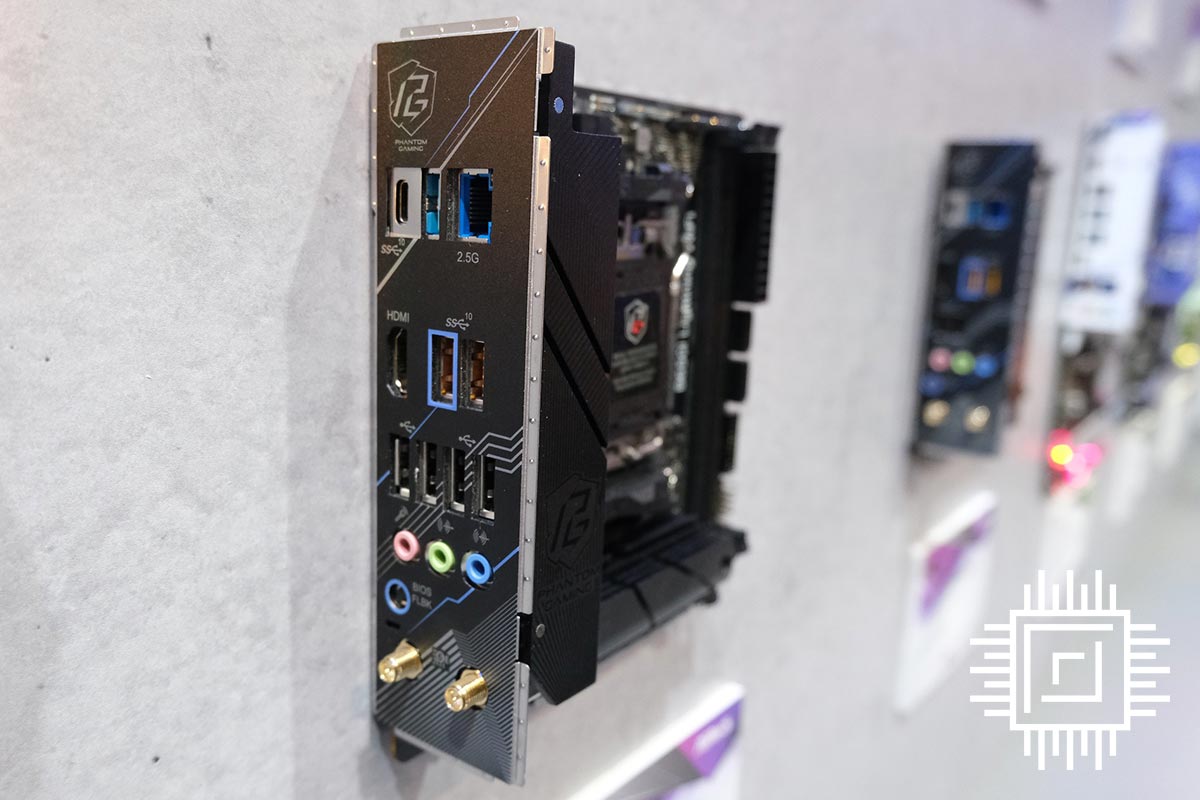
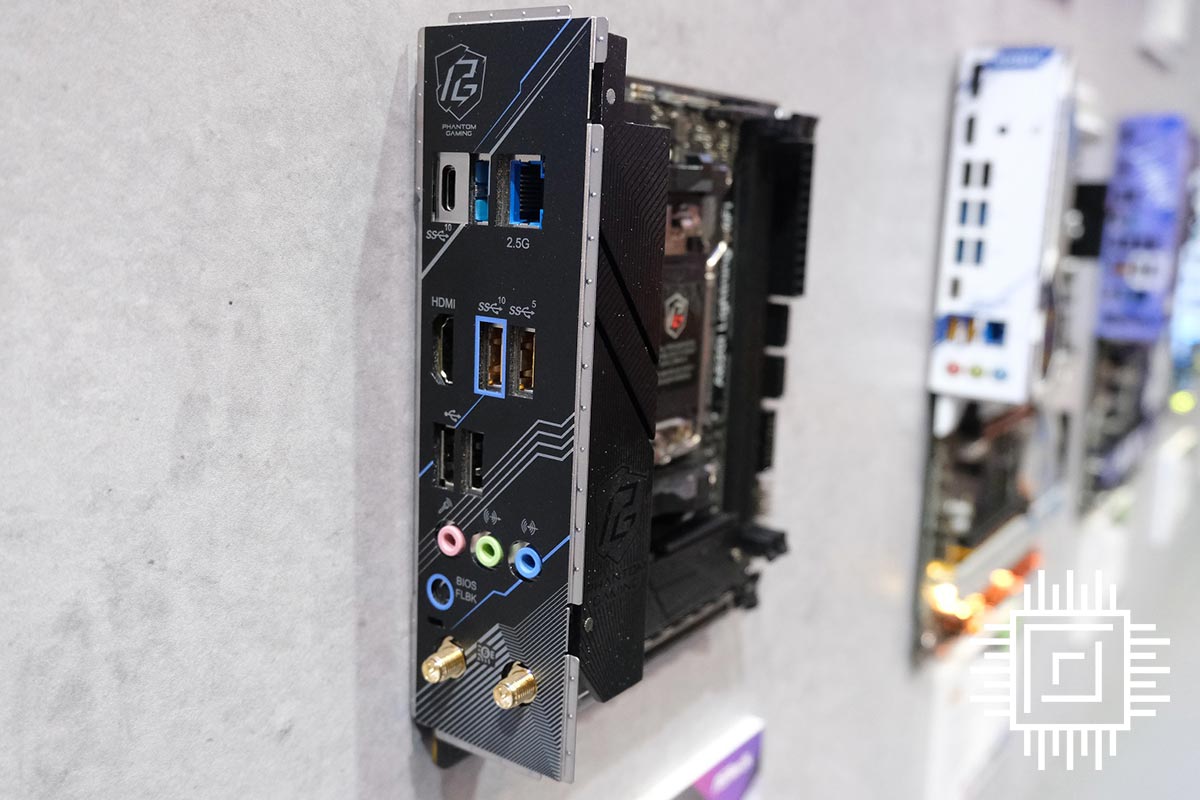
No officially release date just yet, though in our conversations with the manufacturer, ASRock has reiterated its ambition to keep pricing as low as possible, giving these two motherboards massive mainstream appeal.
We’ve grown accustomed to paying extra for components in the niche small-form-factor space that’s often limited and overshadowed because of premium price markups. Here’s hoping these Lightning boards help bring value to an area of the market that’s often lacking.

